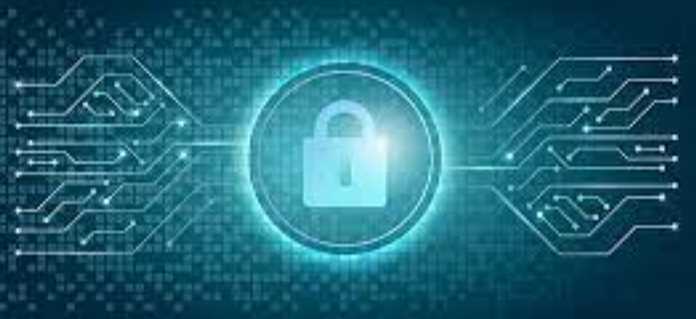In today’s scenario, cybercrime is on the rise. Many unsuspecting individuals surf the web carefree. When one receives an error message like “vcruntime140.dll not found” while trying to open software running perfectly up until that point, they need to check their system. These error messages occur due to a plethora of reasons. This article is focused primarily on how malware affects and poses errors in computers.
Common Errors Faced
As mentioned above, there are a multitude of reasons why such errors occur. Here are a few commonly faced issues by users of Windows-based operating systems.
- i) Missing – Files often go missing due to faulty installations. They also occur due to outdated systems. Microsoft provides Visual C++ Redistributable packages for all users by default. Windows Updates are a feature by which one can ensure that their system stays up to date. By manually switching off windows updates, one can fasten the speed of their computer. This action, however, is quite risky as it exposes them to malware attacks.
- ii) Corrupt – Another issue often faced by users of Windows-based operating systems is a corrupt .dll file. DLL files often go corrupt due to malware. External sources like Pen Drives and CD-ROMS often contain trojans and viruses gathered from other systems. One needs to immediately rectify these errors and ensure that the computer is clean.
What is Malware?
Before dwelling on the process of handling file infectors, one needs to understand what they are. Malware is software designed to harm a system. It stands for malicious software, and there are many kinds of these. Here are a few commonly observed file infectors that people come across daily.
- i) Trojans – A trojan is a kind of malware designed to look legitimate. Many unsuspecting users often download these kinds of software and run it on their systems. By doing so, they expose their computers to data breaches and hack attacks. Cybercriminals often steal data by uploading such software on phishing websites for naive users to fall prey.
- ii) Viruses – As the name suggests, a virus is a part of a program designed to replicate within the operating system. A virus can be deadly if not taken care of immediately. It spreads itself to other parts of the operating system like files, directories, and system essentials. It slows down the performance of the computer and results in the corruption of all data on the system.
Handling Malware
Malware is often sensitive and can quickly harm the system. One needs to deftly remove the infector before it spreads to other parts of the operating system. Achieving this can be slightly tricky.
- i) Antiviruses – These kinds of software prevent users from downloading malware from the web or external sources. They also perform routine checks of the system to ensure that it is clean.
- ii) Formatting the System – The least preferred option for users is to format the operating system. By doing so, they agree to lose all the data that exists on the system. Backing up files will be difficult in such cases.
As observed, malware is a very tricky area. Error messages like “vcruntime140.dll not found” often causes issues to many users. These issues have easy solutions if not for malware. Unsuspecting users often surf the web and download files from unsafe sources. These files are usually infected, and upon entry into one’s systems, they spread themselves into other parts of the operating system. By following the steps mentioned above, one can easily prevent malware from affecting their system. They can also solve issues if malware already exists on their Operating Systems.
